If you’re big into skin care, you’ve most likely tried to incorporate some type of chemical exfoliator into your routine. Think glycolic, salicylic, lactic—these acids fall under the alpha hydroxy acid and beta hydroxy acid umbrellas and are ideal for sloughing off dead skin cells, fighting breakouts, reducing the signs of photo-aging, and smoothing uneven texture. However, these are powerful ingredients which run the risk of disturbing your skin barrier—particularly if you have sensitive skin already—and leading to unwanted irritation (especially during the already dry winter months). So what other options are there if you want the benefits of a chemical exfoliator without wreaking havoc on your skin? May we introduce to you the third and newest hydroxy acid (HA), polyhydroxy acid (PHA).
What’s a PHA, Anyway?
You might be wondering, if HAs can be harmful to those with sensitive skin or particularly dry skin during the winter time, then what makes PHAs different? First, a refresher as to what AHAs and BHAs do. BHAs, or beta-hydroxy acids (like your salicylic acids), are ideal for clearing acne-causing debris, pollution, and excess sebum from pores. That’s why they’re recommended for anyone experiencing comedones or enlarged pores. On the other hand, AHAs, or alpha-hydroxy acids, penetrate the outermost layers of skin, clearing out the oldest dead cells to reveal brighter skin underneath. Glycolic and lactic acid are the skin-care gold standards, but this group also includes malic, tartaric, citric, and mandelic acids.
The third group, PHAs (the most common of which are galactose, lactobionic acid, and gluconolactone), can be considered a less intense version of AHAs. The prefix poly means “many,” and PHAs are essentially like AHAs but with *many* more molecules in their chemical structure. This is important for the way these molecules interact with the skin. “Think of PHAs like a bed of nails, while AHAs are a single nail,” Says Dr. Joshua Zeichner, board-certified dermatologist and director of cosmetic and clinical research in dermatology at Mount Sinai Hospital. “A single nail piercing the skin can cause trauma, [whereas with a bed of nails] the pressure is distributed among the entire bed, so it is much more gentle. Because of their large size, PHAs give effective but gentle exfoliation.”
That larger molecule size also means that PHAs aren’t able to penetrate the skin as deeply, which results in less exfoliation compared to an AHA (and therefore less potential for irritation on sensitive skin). In fact, according to a 2004 clinical trial that examined skin sensitivity of PHAs in comparison to AHAs, “irritation grading and subject self-assessment showed that the PHA regimen was better tolerated than the AHA regimen. Stinging and burning were significantly worse for subjects in the AHA treatment group, and degree of sensitivity was rated worse for the AHA regimen as well.”
The Benefits of PHAs
Other than being what the industry refers to as the gentle giants of the hydroxy acid family, PHAs are also great at moisturizing the skin. According to a 2004 review, “PHAs provide additional humectant and moisturization properties compared with AHAs and can enhance stratum corneum barrier function, therefore increasing the skin’s resistance to chemical challenge.” This is due to the fact that PHAs can attract and bind to large amounts of water in the air and deliver that water to our skin.
Additionally, Dr. Dendy Engelman, board-certified dermatologist practicing at Shafer Clinic, points out, “PHAs have natural antioxidant properties and are great at neutralizing free-radical damage that can be caused from environmental pollutants and/or ultraviolet radiation,” which is a major plus for those of us living in cities or those with active, outdoor lifestyles. Yet their main claim to fame remains their ability to gently slough off dead skin cells, reduce the appearance of fine lines and wrinkles, reduce post-inflammatory hyperpigmentation, smooth texture, and boost radiance.
Who Can Use Them, and When?
Given their chemical composition and gentle exfoliating effects, virtually anyone can use PHAs for a brighter, clearer, and more youthful complexion. According to the aforementioned 2004 review, “PHAs have been found to be compatible with clinically sensitive skin, including rosacea and atopic dermatitis [(eczema)], and can be used after cosmetic procedures.” Furthermore, this hydroxy acid can benefit those with sensitive, blemish-prone skin, helping to clear breakouts and eliminate buildup without aggravating your complexion. Even if you use an AHA toner throughout the spring, summer, and fall, swapping for a gentler PHA might be wise in the winter, when dryness and irritation are more prevalent.
As with any type of exfoliating or cell-renewing ingredient, it’s best to follow the low-and-slow approach when incorporating a PHA into your routine. After determining if this product is suitable for your skin with a 24-hour patch test, we suggest starting with a PHA product three times a week. You can use PHA products morning or night, but we recommend starting with nighttime in order to avoid any unnecessary inflammation during sun exposure. After about a week, you can up your usage to every other day, and after two weeks, you can certainly use a PHA every day if you feel like your skin needs it.
Although PHAs are moisturizing in their nature, we always recommend following this exfoliator with your favorite moisturizer. And as always, there is no effective anti-aging or skin-clearing regimen without proper sun protection, *especially* in exfoliated skin, so make sure to apply your favorite wintertime SPF in the morning and reapply every two hours.
Don’t forget to shop a few of our favorite PHA products:
Neostrata Facial Cleanser
$36Consider this your new go-to cleanser if you are in the market for a soap-free option to a deep clean. The PHA in this cleanser works exceptionally well at gently chipping away dead skin cells, while the non-foaming gel glides onto the skin like melted butter. This formula makes the skin feel sinfully soft and never stripped or dry.
BuyPeter Thomas Roth PRO Strength 10% PHA Exfoliating Clarifying Liquid
$58If you love the feeling of exfoliation via a toner, we highly recommend this PHA formula (which just so happens to live rent-free on our top shelves). The Peter Thomas Roth PHA Exfoliating Liquid is gentle, and we never feel that stinging sensation after use, even with our delicate and sensitive skin. This formula is gentle enough for daily use, but still effective if used every few days.
BuyNaturium PHA Topical Acid 12%
$20If you are more of a serum person, here is the product for you. This topical acid has a 12 percent PHA concentration, making it on the stronger side of PHA on the market. If you’re dealing with fine lines and wrinkles or sallow skin, apply this serum after your cleanser and before your nighttime moisturizer, and you will have a smooth, glowing complexion before you know it. Oh, and at just $20 a bottle, there is no reason *not* to try this out.
BuyGlossier Solution
$24Glossier’s solution is a blend of all different types of acids, including AHAs, BHAs, and PHAs. This formula is great if you have blemish-prone skin that just won’t. stop. breaking. out. Since this product has all hydroxy acids in it, make sure to use it sparingly to start and not to combine it with any other AHAs, BHAs, or PHAs.
BuyDERMAdoctor KP Duty Moisturizing Lotion
$38Who says exfoliation is just for the face? If you suffer from keratosis pilaris, or those angry bumps on your arms more commonly referred to as chicken skin, try giving this lotion a whirl. With a blend of AHAs and PHAs, it works hard to reveal glowing skin underneath, while PHAs in this formula help to moisturize the skin to a smooth and supple state. So, yes, you now can *technically* wear tank tops during the winter.
BuyGlow Recipe Avocado Melt Retinol Sleeping Face Mask
$49We’re going to let you in on a little secret: You can use PHAs and retinol together. Since retinol works by accelerating collagen production and cell turnover under the surface of the skin, and PHAs work by sloughing off dead skin cells, these two ingredients in this sleeping mask work in tandem with one another to bring forth a bouncy complexion that you thought you had lost to your college days. If you have particularly sensitive skin, we recommend using this mask two to three times a week.
BuyHerbivore Bakuchiol Anti-Aging Serum
$54Consider this formula if you are in the market for the effects of retinol and PHAs together, but without the retinol. The bakuchiol in this serum works to promote cell renewal, while PHAs smooth skin texture, diminish signs of hyperpigmentation, and reduce the appearance of wrinkles. Add this to your nighttime routine for firmer, dewier, and clearer skin.
BuyBliss Clear Genius Clarifying Liquid Peel
$22Consider your hunt for an at-home peel gentle enough for your sensitive skin over. This overnight peel has a patented time-release delivery system that exfoliates your skin all throughout the night. This blend of AHAs, BHAs, and PHAs is strong enough to act as your weekly deep-exfoliation treatment without ever compromising the health of your easily irritated skin.
BuyExuviance Hydraprep pH Balance Toner
$29This toner is ideal for anyone looking to balance the pH of their skin while gently exfoliating at the same time. This formula contains hyaluronic acid and cucumber extract to soothe and hydrate the skin, while AHAs and PHAs work to reveal a radiant complexion hiding underneath dead skin cells. Although this is a toner, we recommend using it up to once a day so as to save your skin barrier from over-exfoliation.
Buy

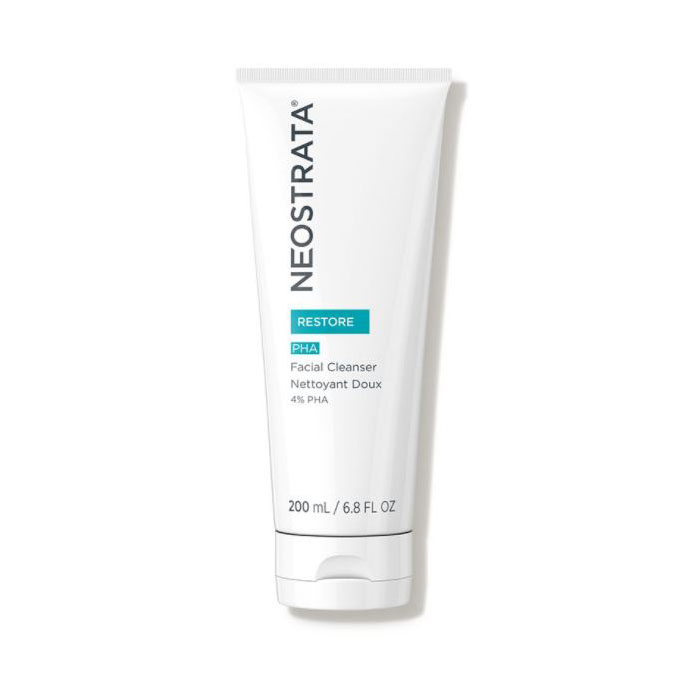
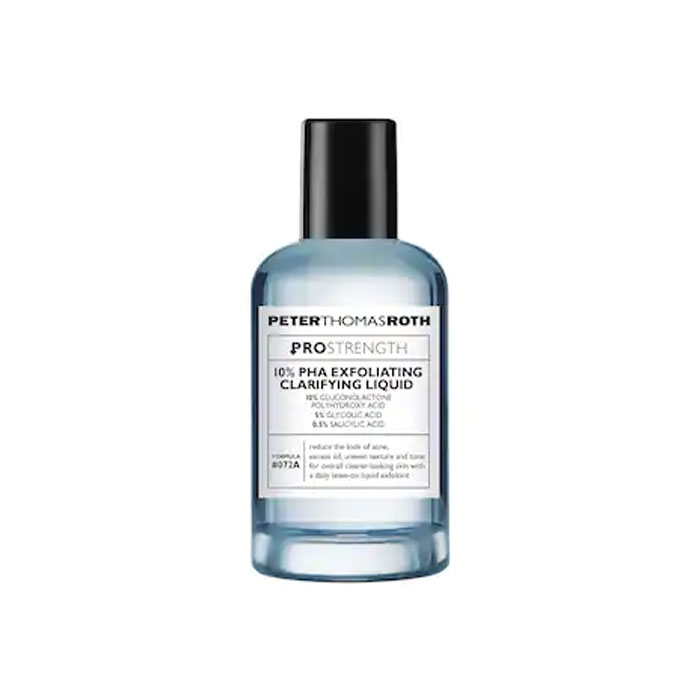


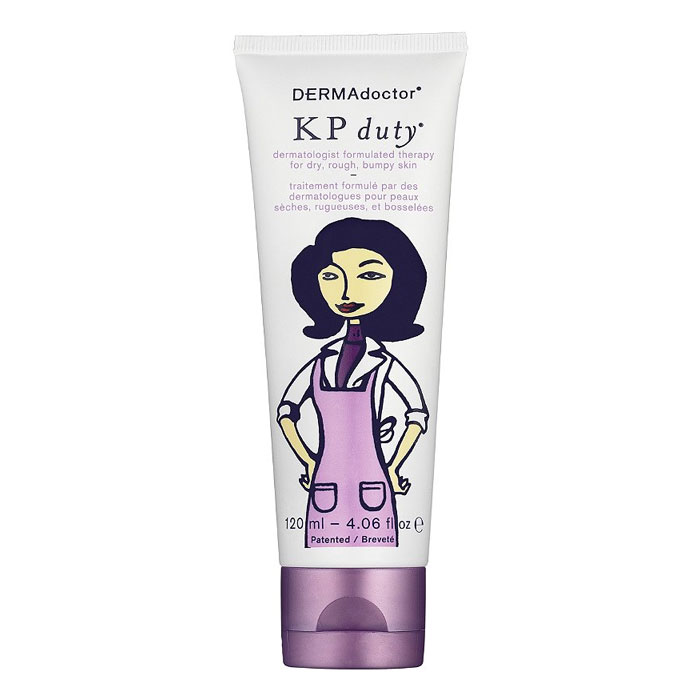
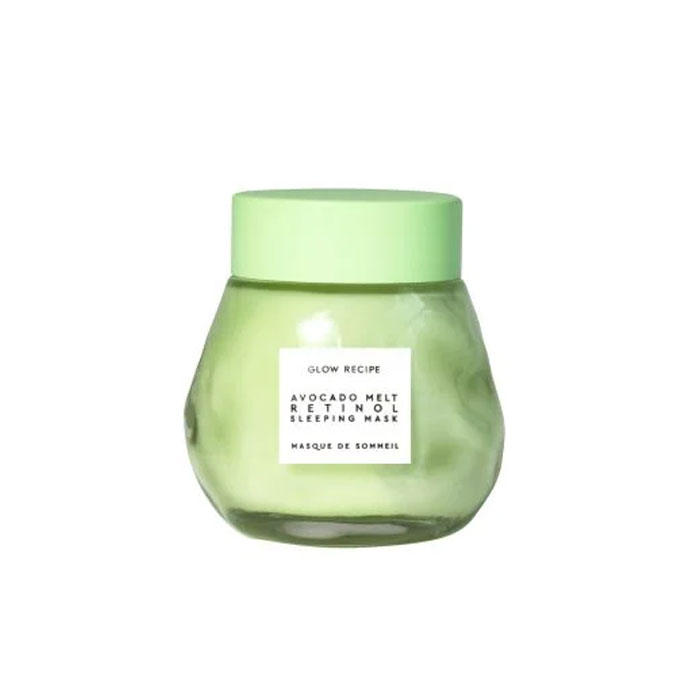
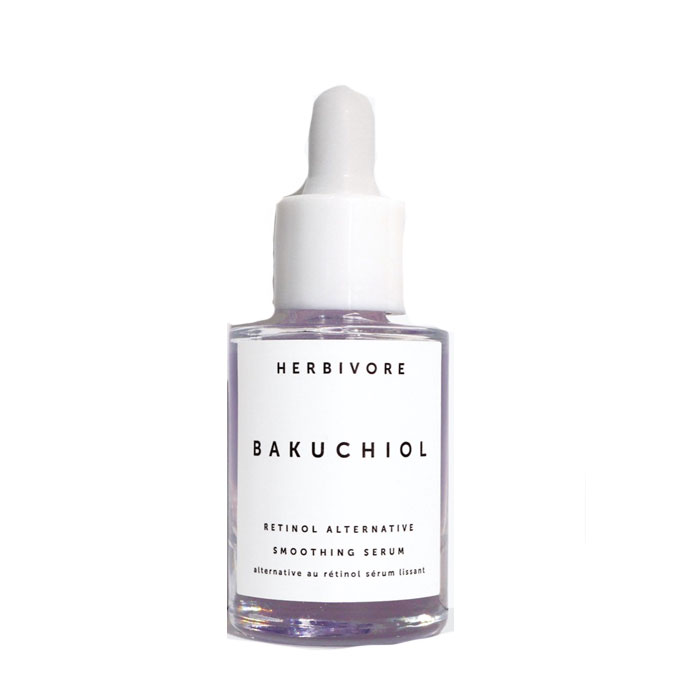
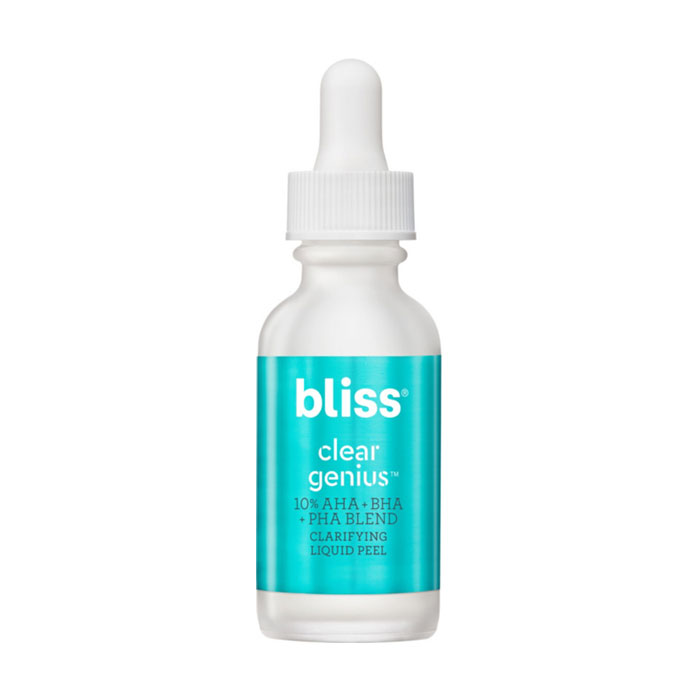
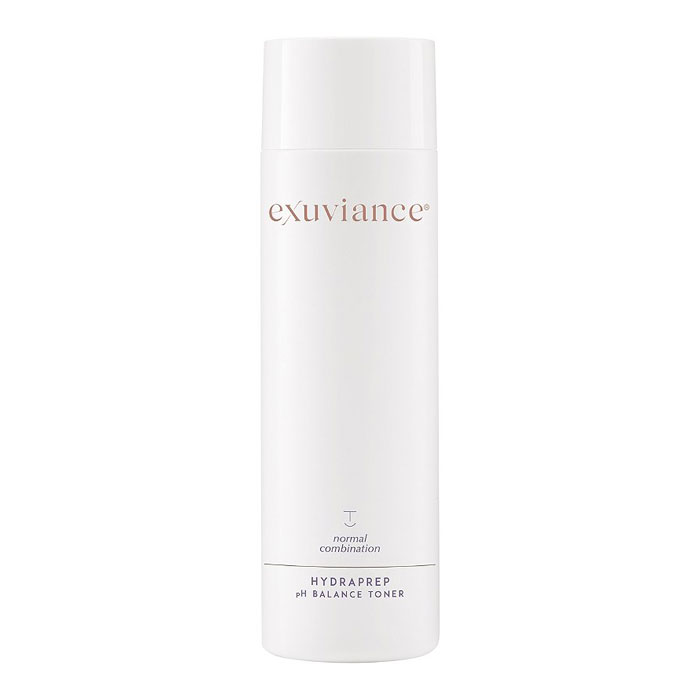
0 Yorumlar